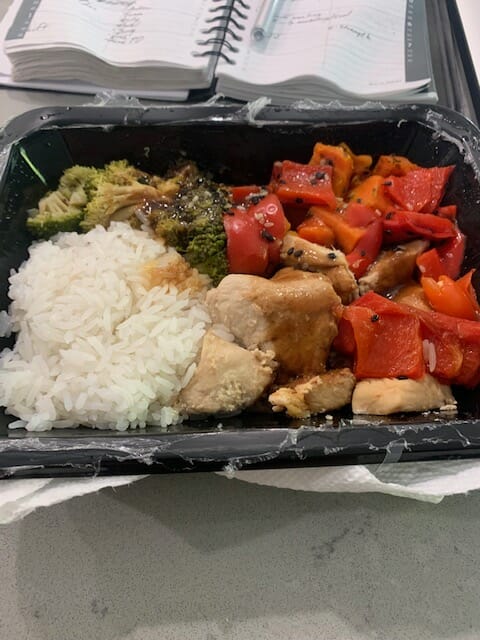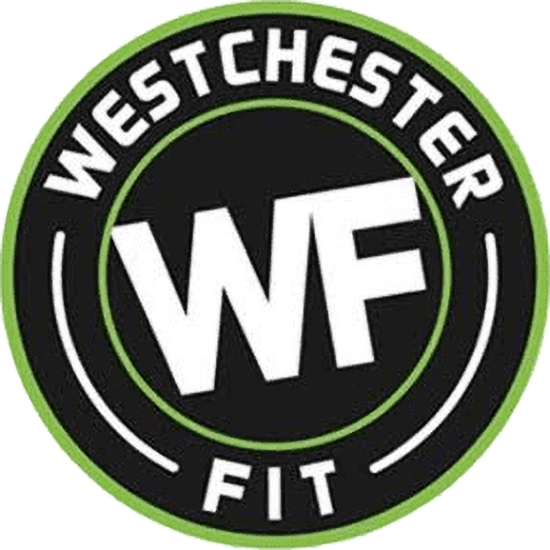
A client recently pulled me aside and asked if it was possible to cut calories without tracking. You can certainly lose weight i.e. (eat less calories than you expend) without tracking, however, it makes things quite a bit more difficult. Specifically for those with less education on common foods and their corresponding calorie and macro counts.
I decided to compile a list of 3 super easy to follow tips which would help anyone cut calories and lose weight without maniacal tracking.
Don’t Drink Your Calories
This is probably the most easy to follow advice. A 2007 Reuters study estimated that the average American consumes 22% of their total daily calories via liquids. Things like sods, sweet teas, fruit juices, alcohol and more. This is one of the most commonly overlooked areas I have found when consulting with clients. It’s clear that these products contain highly palatable calories but for whatever reason most people don’t factor these in “adjusting” their diet. One of the simplest ways to cut a ton of calories is stick to 0 calorie drinks. Water, sparkling water and diet soda (if necessary). If you’re going to drink alcohol it’s better to drink hard liquor than beer or wine as it’s lower calories and has a higher alcohol content which means you’ll generally drink less.
Prepare Your Food at Home
Restaurant meals typically contain higher amounts of sodium, saturated fat, total fat, and calories than home cooked meals. One study concluded that on average, the same meal prepared in a restaurant versus at home, carried an extra 134 calories. If you ate out just once per day, that extra 134 calories with no additional adjustment to your physical activity, would result in over 15 pounds of fat gain per year. This strategy is pretty simple. Cook most of your meals at home. If we use the 80/20 rule, and the average person consumes 3 meals per day, that would mean that out of your 21 weekly meals, ideally 17 or more would be prepared at home. This way you can control the preparation process and avoid the excessive extra oils and seasonings that are used in restaurants.
Skip the Snacking
This one seems silly but let me explain. This is completely anecdotal, and what I’ve found in 15+ years working with people on weight loss. When keeping food logs, my clients generally will write something like “handful of nuts” or “spoonful of peanut butter” for snacks. The issue with this is there is no arbitrary measurement for spoonful or handful. If you open up a bag of chips, how many of you actually count the total chips consumed? Probably zero percent of you. What ends up happening is there is a subsequent uncontrolled amount of calorie consumption. When I say skip the snacking, I prefer that people avoid the snacks and eat 3 square meals per day. These meals should highlight protein and then add in the carbs and fats of your liking. Chew your food, slow down, and try not to go back for seconds. Skipping the snacks, and opting for 3 meals adds in a layer of accountability that is very similar to tracking your food, without actually having to track it. Again this phenomenon is not based in science, but rather in practical observation of what’s worked over the years.
As you can see there are ways to cut back on calorie consumption without meticulous tracking. However, these tips in conjunction with at least a 2-4 week period of tracking will optimize results long term. The idea with finding the right diet is finding the one that works best for you. Tracking calories for 2-4 weeks will give the average person a good idea of what a solid meal looks like. Adding in the above 3 tips will make long term success and compliance much easier.
If you have any questions or want to chat nutrition you can always email me here.
- Coach Chris
